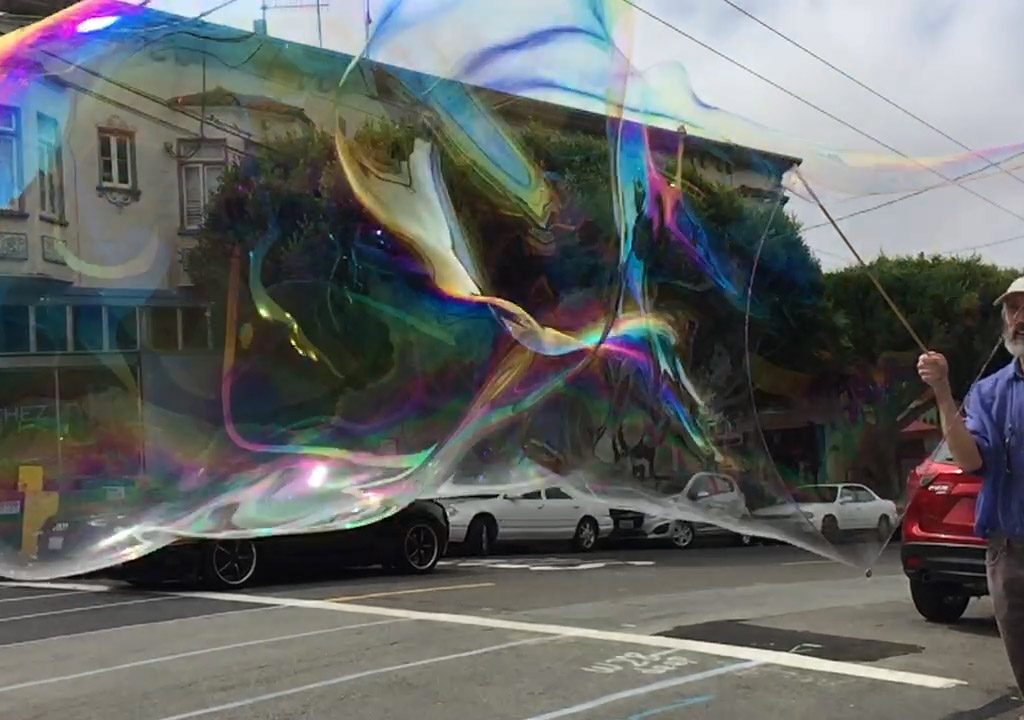Speed ramps used to be rare, and before that, nonexistent. Slow motion has long been a part of cinema—it mirrors the psychology of how we recollect powerful or traumatic moments—but the ability to swoop gracefully in and out of slow mo belongs to the era of Phantom cameras and now, camera phones that can record 250fps or more.
NLEs have not kept up, so speed changes still tend to be roughed in until they can be finished externally, most often in After Effects. The result can be excellent, but the process of getting there can be confounding for an editor unused to After Effects’ animation controls. That’s why my past collaborator on feature films and a contributor my own book, Stu Maschwitz, developed Prolost Speedramp.
Speedramp is something of an anomaly: it’s not a plug-in, nor even a script, but a piece of code that is applied to a clip as an Animation Preset. There may be other cases of Animation Presets offered for sale, but really it’s just a very clever expression doing the heavy lifting.
What does it do? Although it’s not a plug-in, it operates like a rather sophisticated effect. Once you’ve purchased and installed it (no demo possible with this one):
- From a Premiere Pro, right-click a clip and select Replace With After Effects Composition.
- Scrub to the first transition point, where the first ramp (change of speed) occurs.
- Set a layer marker (Layer > Add Marker or use the keyboard shortcut displayed).
- Repeat for any following transition points (up to 4).
- With the layer still selected, Animation > Apply Animation Preset… and choose Prolost Speedramp.
- Prolost Speedramp appears in the Effect Controls. Adjust the Speed settings according to how many markers were set. Speed 1 is the rate of speed (as a percentage) prior to the first layer marker; Speed 2 through Speed 5 correspond to the sections of the clip after layer marker 1 through 4, respectively.
- Use the Transitions controls to set the duration of each transition (in seconds).
Preview the result, and you still have the option to make any adjustments using the markers and controls.
The true After Effects magic comes with those Transition controls; without them, you’d need to understand how to use the Graph Editor. You can still use it, but only to see the results; the adjustments are made via expressions data that will look like jibberish in the layer controls. Not sure whether your footage was shot at high enough speed to permit smooth playback? There are Calculator controls that don’t affect playback, they just help you assess the speed settings needed to match specific frame rates.
There is one bit of trickiness here: once you’ve set the preset, the layer markers no longer match what you see in the viewer. The timing moves, but the markers don’t. If you move any marker other than the last one, the timing of all of them changes. This isn’t a bug, it’s the design of After Effects not to move the layer markers according to Time Remap settings. If you find yourself fighting this as you adjust the keyframes, delete Time Remap by twirling down the layer controls, delete Prolost Speedramp from the Effect Controls panel, and try again.
Prolost Speedramp isn’t quite as easy as my iPhone 6, but it’s close, and it lets me create more than just a transition in and out. The result is way, way better than slicing up a clip in an NLE to set multiple timings, and if you’re an editor who doesn’t have an After Effects artist ready and waiting to create a ramp for you, it’s a DIY tool that easily worth the nineteen bucks.


